Home>Gardening & Outdoor>Landscaping Ideas>What To Do With Patchy Grass
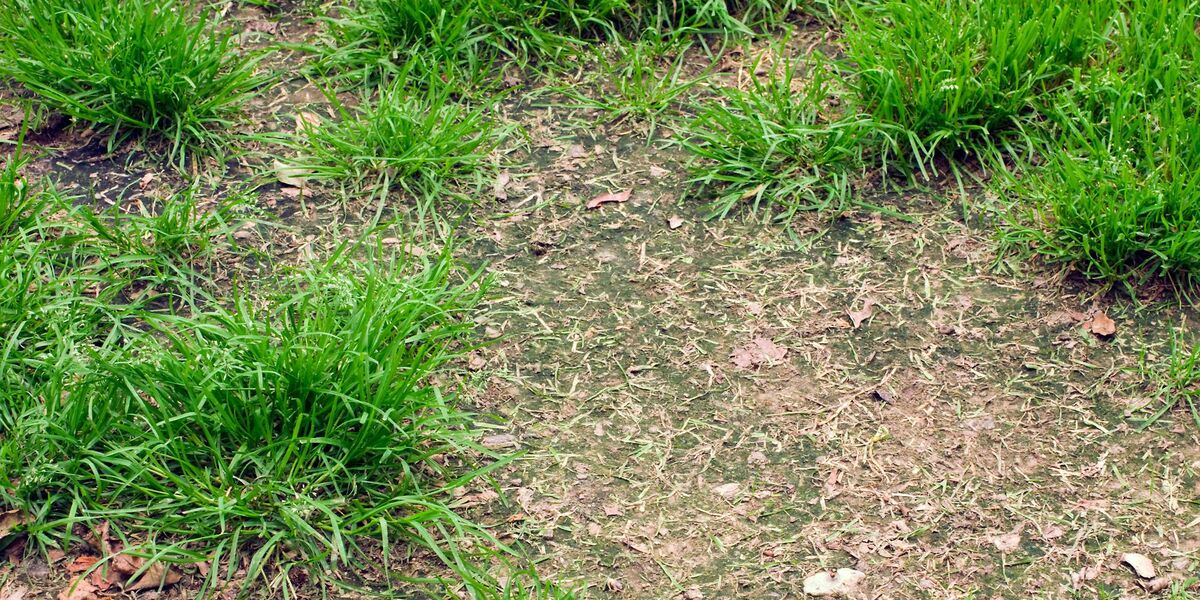

Landscaping Ideas
What To Do With Patchy Grass
Modified: March 27, 2024
Discover effective landscaping ideas to fix patchy grass and transform your lawn into a lush, green paradise. Explore expert tips and solutions for revitalizing your outdoor space.
(Many of the links in this article redirect to a specific reviewed product. Your purchase of these products through affiliate links helps to generate commission for Storables.com, at no extra cost. Learn more)
Introduction
Dealing with patchy grass can be a frustrating experience for any homeowner or landscaper. A lush, green lawn is a source of pride and joy, but when unsightly patches of bare soil or thinning grass disrupt the overall appearance, it can detract from the beauty of the landscape. Fortunately, addressing patchy grass is a manageable task with the right knowledge and approach.
A patchy lawn can result from various factors, including poor soil quality, inadequate watering, improper mowing techniques, pest infestations, or diseases. Understanding the underlying causes is crucial in devising an effective plan to restore the health and vibrancy of the grass. By identifying the specific issues contributing to the patchiness, it becomes possible to implement targeted solutions that yield lasting results.
In this comprehensive guide, we will delve into the intricacies of addressing patchy grass, offering practical insights and expert tips to rejuvenate your lawn. From understanding the root causes of patchiness to selecting the right grass seed, implementing proper watering and fertilizing techniques, and dealing with pests and diseases, we will cover every aspect of lawn care to help you achieve a lush and uniform expanse of greenery.
Whether you are a seasoned gardener or a novice enthusiast, this guide is designed to equip you with the knowledge and strategies needed to transform your patchy lawn into a verdant oasis. By following the steps outlined in this article and incorporating the recommended practices into your lawn care routine, you can look forward to enjoying a revitalized and visually appealing landscape that enhances the overall charm of your property.
So, roll up your sleeves and get ready to embark on a journey toward a healthier, more vibrant lawn. With the right approach and a touch of dedication, you can bid farewell to patchy grass and welcome a flourishing carpet of green to adorn your outdoor space. Let's dive into the details and discover the secrets to achieving a picture-perfect lawn that will be the envy of the neighborhood.
Key Takeaways:
- Patchy grass can be fixed by addressing soil quality, proper watering, mowing, and pest/disease issues. With the right steps, anyone can achieve a lush, vibrant lawn that enhances their outdoor space.
- Choosing the right grass seed, watering, fertilizing, and regular maintenance are crucial for transforming patchy grass into a healthy, visually appealing lawn. By following these steps, homeowners can achieve a thriving outdoor oasis.
Read more: How To Treat Patchy Grass
Understanding the Causes of Patchy Grass
Patchy grass can be a common and frustrating issue for many homeowners and landscapers. Understanding the underlying causes of patchiness is crucial in devising effective solutions to restore the health and vibrancy of the lawn. Several factors can contribute to the development of patchy grass, and identifying these root causes is the first step toward achieving a lush and uniform lawn.
-
Soil Quality: The quality of the soil plays a significant role in the overall health of the grass. Compacted soil, poor drainage, or imbalanced pH levels can hinder the growth of grass, leading to patchiness. Compacted soil restricts root development and inhibits water and nutrient absorption, while poor drainage can result in waterlogged areas that suffocate the grass. Additionally, imbalanced pH levels can affect the availability of essential nutrients, further impacting grass growth.
-
Inadequate Watering: Improper watering practices, such as overwatering or underwatering, can contribute to patchy grass. Overwatering can lead to shallow root systems and waterlogged soil, while underwatering can cause stress and dehydration, resulting in sparse and patchy areas.
-
Improper Mowing Techniques: Incorrect mowing practices, such as cutting the grass too short or using dull mower blades, can weaken the grass and create patchy areas. Scalping the lawn by mowing it too short can stress the grass and make it more susceptible to damage and patchiness.
-
Pest Infestations: Insect pests, such as grubs, chinch bugs, or armyworms, can wreak havoc on a lawn, causing patchy areas as they feed on the grass roots and blades. Identifying and addressing pest infestations is crucial in preventing further damage to the lawn.
-
Diseases: Fungal diseases, such as brown patch or dollar spot, can manifest as patchy areas in the lawn. These diseases thrive in specific environmental conditions and can spread rapidly if left untreated, leading to widespread patchiness and discoloration.
By understanding these potential causes of patchy grass, homeowners and landscapers can take targeted measures to address the specific issues affecting their lawn. Identifying the root causes allows for the implementation of tailored solutions, ultimately leading to a healthier and more vibrant lawn.
Steps to Improve Patchy Grass
Addressing patchy grass requires a systematic approach aimed at remedying the underlying issues while promoting healthy and uniform growth. By following a series of targeted steps, homeowners and landscapers can effectively improve the condition of their lawn, transforming it into a lush and verdant expanse. Here are the essential steps to improve patchy grass:
-
Soil Assessment: Begin by assessing the quality of the soil in the patchy areas. Conduct a soil test to determine pH levels, nutrient deficiencies, and compaction. This information will guide the application of soil amendments, such as lime to adjust pH or organic matter to improve soil structure and fertility.
-
Aeration: Aerating the soil helps alleviate compaction and promotes better air and water penetration. Core aeration, which involves removing small plugs of soil, allows for improved root development and nutrient uptake, fostering healthier grass growth in patchy areas.
-
Overseeding: Introduce new grass seed to the patchy areas to encourage thickening and fill in the bare spots. Select high-quality grass seed that is well-suited to the local climate and soil conditions. Overseeding helps replenish thinning areas and enhances the overall density of the lawn.
-
Proper Watering: Implement a consistent and appropriate watering regimen to support the establishment of new grass seed and promote healthy growth. Ensure that the patchy areas receive adequate moisture without being overwatered, as excessive moisture can lead to fungal issues and hinder grass recovery.
-
Fertilization: Apply a balanced fertilizer to provide essential nutrients that support grass growth and recovery. Choose a fertilizer with the appropriate NPK ratio and micronutrient content to address any deficiencies identified in the soil test. Proper fertilization encourages vigorous growth and helps the grass fill in patchy areas.
-
Mowing Practices: Adjust mowing practices to promote the health of the grass. Raise the mower height to avoid cutting the grass too short, which can stress the plants and contribute to patchiness. Additionally, ensure that mower blades are sharp to achieve clean cuts that minimize damage to the grass blades.
-
Pest and Disease Management: Monitor the lawn for signs of pest infestations and diseases, addressing any issues promptly. Implement integrated pest management strategies to control pests while minimizing environmental impact. For fungal diseases, consider applying fungicides as recommended based on the specific disease and environmental conditions.
-
Regular Maintenance: Establish a consistent maintenance routine that includes proper watering, mowing, and fertilization. Regularly inspect the lawn for signs of stress, pest activity, or disease development, taking proactive measures to maintain the overall health and uniformity of the grass.
By following these steps and incorporating them into a comprehensive lawn care plan, homeowners and landscapers can effectively improve patchy grass, fostering a vibrant and resilient lawn that enhances the beauty of the outdoor space. With dedication and attention to detail, the transformation from patchiness to lushness is achievable, resulting in a visually appealing and inviting landscape.
Choosing the Right Grass Seed
Selecting the right grass seed is a critical step in addressing patchy areas and promoting healthy, uniform growth in the lawn. The choice of grass seed should align with the specific environmental conditions, such as climate, soil type, sun exposure, and intended use of the lawn. By considering these factors and understanding the characteristics of different grass species and cultivars, homeowners and landscapers can make informed decisions that contribute to the long-term success of their lawn restoration efforts.
Consider Local Climate and Soil Conditions
When choosing grass seed, it is essential to consider the local climate and soil conditions. Different grass species thrive in specific climate zones, such as cool-season or warm-season grasses. Understanding the climate zone and average temperature ranges in the region helps in selecting grass seed that is well-suited to the local environment. Additionally, assessing the soil type, drainage, and pH levels provides valuable insights into the adaptability of different grass species to the existing soil conditions.
Read more: How To Fix Patchy New Grass
Evaluate Sun Exposure and Intended Use
The amount of sunlight that the lawn receives and its intended use play a significant role in determining the appropriate grass seed. Some grass species are well-suited to full sun exposure, while others thrive in shaded areas. Evaluating the sun exposure in different sections of the lawn allows for the selection of grass seed that matches the light conditions. Furthermore, considering the intended use of the lawn, such as high-traffic areas or ornamental landscapes, helps in choosing grass seed with the desired durability and aesthetic appeal.
Understanding Grass Species and Cultivars
Grass species and cultivars vary in their growth habits, maintenance requirements, and visual characteristics. For example, fine fescues are known for their shade tolerance and low maintenance, while Kentucky bluegrass offers a lush, dense appearance suitable for high-traffic areas. By familiarizing oneself with the attributes of different grass species and cultivars, homeowners and landscapers can make informed choices that align with their preferences and the specific needs of the lawn.
Blending Grass Seed for Optimal Results
In some cases, blending different grass seed varieties can yield optimal results, especially in areas with diverse environmental conditions or specific aesthetic goals. Blended grass seed mixtures can offer a balance of traits, such as drought tolerance, disease resistance, and color variation, resulting in a resilient and visually appealing lawn. By customizing the grass seed blend based on the unique requirements of the lawn, homeowners and landscapers can achieve a harmonious and well-adapted turf.
Seek Professional Advice and Quality Products
For homeowners and landscapers seeking guidance in selecting the right grass seed, consulting with local nurseries, extension services, or landscaping professionals can provide valuable insights and recommendations. Additionally, investing in high-quality grass seed products from reputable suppliers ensures that the selected varieties are pure, viable, and free from contaminants, setting the stage for successful establishment and long-term growth.
By carefully considering the local climate, soil conditions, sun exposure, intended use, and the characteristics of different grass species and cultivars, homeowners and landscapers can make informed decisions when choosing the right grass seed. This thoughtful approach sets the foundation for healthy, resilient, and visually appealing grass that transforms patchy areas into lush, uniform expanses, enhancing the overall beauty and functionality of the landscape.
Read more: How To Plant Grass Seed In Patchy Areas
Proper Watering and Fertilizing Techniques
Proper watering and fertilizing techniques are essential components of effective lawn care, playing a pivotal role in nurturing healthy and vibrant grass while addressing patchy areas. By understanding the principles of efficient watering and strategic fertilization, homeowners and landscapers can optimize the growth and resilience of their lawn, ultimately transforming patchy grass into a lush and uniform expanse.
Watering Best Practices
Consistent and appropriate watering is crucial for supporting the establishment of new grass seed, promoting deep root development, and maintaining overall lawn health. To achieve optimal results, consider the following watering best practices:
-
Deep and Infrequent Watering: Encourage deep root growth by providing infrequent but deep watering sessions. This approach promotes stronger and more resilient grass plants that are better equipped to withstand environmental stressors.
-
Early Morning Watering: Schedule watering sessions for the early morning hours to minimize water loss through evaporation and ensure that the grass has sufficient moisture to endure the day's heat and sun exposure.
-
Avoid Overwatering: Overwatering can lead to shallow root systems, waterlogged soil, and increased susceptibility to fungal diseases. Monitor soil moisture levels and adjust watering frequency based on the specific needs of the lawn.
-
Use Irrigation Systems Wisely: If utilizing automated irrigation systems, calibrate the settings to deliver the appropriate amount of water without causing runoff or water wastage. Consider factors such as soil type, slope, and plant water requirements when programming irrigation schedules.
Fertilization Strategies
Strategic fertilization is instrumental in providing essential nutrients that support grass growth, fill in patchy areas, and promote overall lawn vigor. When implementing fertilization strategies, keep the following considerations in mind:
-
Soil Testing: Conduct a soil test to assess nutrient levels and pH, guiding the selection of the appropriate fertilizer formulation and application rates. Soil testing helps avoid overapplication of certain nutrients, preventing imbalances that can negatively impact grass health.
-
Balanced Fertilizer Application: Choose a balanced fertilizer with the appropriate ratio of nitrogen, phosphorus, and potassium (NPK), as well as essential micronutrients. Apply fertilizers evenly and according to label instructions to ensure uniform coverage and minimize the risk of nutrient imbalances.
-
Seasonal Timing: Tailor fertilizer applications to coincide with the specific needs of the grass throughout the growing season. For example, a slow-release fertilizer in the spring can support vigorous growth, while a fall application can bolster root development and winter hardiness.
-
Environmental Considerations: Be mindful of environmental factors, such as rainfall patterns and temperature fluctuations, when scheduling fertilizer applications. Avoid fertilizing before heavy rain or during periods of drought to maximize nutrient uptake and minimize nutrient runoff.
By adhering to these proper watering and fertilizing techniques, homeowners and landscapers can create an optimal environment for grass growth, effectively addressing patchy areas and promoting a resilient and visually appealing lawn. With a commitment to thoughtful and strategic lawn care practices, the transformation from patchiness to lushness becomes an achievable reality, enhancing the overall beauty and allure of the outdoor landscape.
Dealing with Pests and Diseases
Addressing pest infestations and diseases is a crucial aspect of maintaining a healthy and vibrant lawn, especially when dealing with patchy grass. Pests and diseases can significantly impact the overall appearance and resilience of the turf, leading to unsightly patches and compromised grass health. By implementing proactive measures and targeted interventions, homeowners and landscapers can effectively manage pest and disease issues, fostering a thriving and visually appealing lawn.
Read more: What Do Grubs Do To Grass
Pest Management Strategies
Identifying and addressing pest infestations is essential in preventing further damage to the grass. Common lawn pests, such as grubs, chinch bugs, and armyworms, can feed on grass roots and blades, causing patchy areas and weakening the overall turf. To manage pest issues effectively, consider the following strategies:
-
Regular Monitoring: Routinely inspect the lawn for signs of pest activity, such as irregular patches, wilting grass, or visible pests. Early detection allows for prompt intervention and minimizes the extent of damage.
-
Integrated Pest Management (IPM): Implement an IPM approach that combines cultural, biological, and, if necessary, targeted chemical control methods. This holistic strategy emphasizes the use of environmentally friendly practices and minimizes reliance on chemical treatments.
-
Natural Predators: Encourage natural predators, such as beneficial insects and birds, that feed on lawn pests. Creating a hospitable environment for these natural predators can help maintain pest populations at manageable levels.
-
Selective Insecticides: If pest populations reach damaging levels, consider using selective insecticides that target specific pests while minimizing impact on non-target organisms. Follow label instructions and consider the potential effects on beneficial insects and the environment.
Disease Prevention and Treatment
Fungal diseases, such as brown patch and dollar spot, can manifest as patchy areas in the lawn, compromising the visual appeal and health of the grass. Preventing and managing lawn diseases involves proactive measures and targeted treatments:
-
Cultural Practices: Promote good air circulation and reduce excess moisture by avoiding overwatering and watering in the early morning. Proper mowing practices that maintain an optimal grass height can also minimize disease susceptibility.
-
Fungicide Applications: In cases where fungal diseases pose a significant threat, consider applying fungicides according to label instructions and recommended timing. Selective fungicides can help control disease progression and protect the grass from further damage.
-
Resistant Varieties: When overseeding or renovating the lawn, consider using grass varieties known for their resistance to specific diseases prevalent in the area. Resistant cultivars can provide added protection against common lawn diseases.
-
Thatch Management: Regular dethatching can help reduce the buildup of organic matter, which can harbor disease-causing pathogens. Proper thatch management supports a healthier lawn and minimizes disease pressure.
By implementing these pest management and disease prevention strategies, homeowners and landscapers can effectively address pest infestations and diseases, contributing to the overall health and visual appeal of the lawn. With a proactive and informed approach to pest and disease management, the transformation from patchy grass to a resilient and thriving turf becomes achievable, enhancing the beauty and functionality of the outdoor landscape.
Regular Maintenance and Care Tips
Regular maintenance is the cornerstone of a healthy and visually appealing lawn, playing a pivotal role in addressing patchy grass while promoting overall turf vigor. By incorporating consistent care practices and proactive measures, homeowners and landscapers can nurture a resilient and lush lawn that enhances the beauty and functionality of the outdoor space.
Mowing Practices
Proper mowing practices are essential for maintaining the health and uniformity of the grass. Adjust the mower height to ensure that only a third of the grass blade is removed with each mowing session, promoting strong root development and minimizing stress on the plants. Additionally, vary the mowing direction to prevent soil compaction and achieve an even cut across the entire lawn.
Read more: What To Do With Lemongrass
Weed Control
Regularly inspect the lawn for weeds and implement targeted control measures to prevent weed encroachment. Hand pulling, spot treatments with herbicides, and maintaining a thick and healthy turf through proper watering and fertilization can help suppress weed growth and preserve the uniformity of the grass.
Soil Testing and Amendment
Periodically conduct soil tests to assess nutrient levels, pH, and organic matter content. Based on the test results, apply soil amendments as needed to address deficiencies and optimize soil fertility. Incorporating organic matter, such as compost, can improve soil structure and support the long-term health of the grass.
Aeration
Schedule regular core aeration to alleviate soil compaction and enhance air and water penetration. Core aeration promotes robust root growth and nutrient uptake, contributing to a healthier and more resilient lawn. Consider aerating the lawn at least once a year, focusing on high-traffic areas and compacted zones.
Irrigation Management
Optimize irrigation practices to deliver consistent and appropriate moisture to the lawn. Adjust watering schedules based on seasonal changes and rainfall patterns, ensuring that the grass receives adequate hydration without excess moisture. Consider investing in smart irrigation systems that adjust water output based on environmental conditions.
Read more: What To Do With Cut Grass
Seasonal Maintenance Tasks
Tailor maintenance activities to coincide with the specific needs of the lawn throughout the year. This may include dethatching in the spring to remove accumulated organic debris, overseeding in the fall to replenish thinning areas, and applying a winterizing fertilizer to bolster the grass's resilience during the colder months.
Integrated Pest and Disease Monitoring
Regularly monitor the lawn for signs of pest activity and disease development. Implement integrated pest management strategies to control pests while minimizing environmental impact. Promptly address any disease symptoms through targeted treatments and cultural practices that promote disease resistance.
By integrating these regular maintenance and care tips into the lawn care routine, homeowners and landscapers can foster a thriving and visually appealing turf. Consistent attention to mowing, weed control, soil health, irrigation, seasonal tasks, and pest and disease monitoring sets the stage for a resilient and lush lawn that transforms patchy areas into a uniform expanse of greenery.
Conclusion
In conclusion, addressing patchy grass and achieving a lush, uniform lawn is a multifaceted endeavor that requires a combination of knowledge, dedication, and strategic implementation. By understanding the underlying causes of patchiness, such as soil quality issues, improper watering, mowing practices, pest infestations, and diseases, homeowners and landscapers can embark on a journey toward revitalizing their outdoor space.
Through a systematic approach that encompasses soil assessment, aeration, overseeding, proper watering, fertilization, and proactive pest and disease management, the transformation from patchy grass to a vibrant and resilient lawn becomes an achievable reality. Selecting the right grass seed tailored to local climate and soil conditions, implementing proper watering and fertilizing techniques, and integrating regular maintenance practices are essential components of nurturing a healthy and visually appealing turf.
The journey toward a revitalized lawn is not without its challenges, but with the right strategies and a commitment to thoughtful lawn care practices, the rewards are abundant. A flourishing lawn not only enhances the aesthetic appeal of the property but also provides a welcoming outdoor space for relaxation, recreation, and social gatherings.
As homeowners and landscapers embrace the principles of sustainable and proactive lawn care, they contribute to the overall environmental health and beauty of their communities. A well-maintained lawn serves as a testament to the care and pride invested in the outdoor landscape, creating a positive impact on the surrounding environment and inspiring others to embark on their own journey toward a vibrant and resilient lawn.
In essence, the journey from patchy grass to a lush and uniform lawn is a testament to the transformative power of dedicated care and informed decision-making. By embracing the principles outlined in this comprehensive guide and infusing their lawn care routine with passion and attention to detail, individuals can look forward to enjoying a verdant oasis that enriches their daily lives and elevates the allure of their outdoor surroundings.
Frequently Asked Questions about What To Do With Patchy Grass
Was this page helpful?
At Storables.com, we guarantee accurate and reliable information. Our content, validated by Expert Board Contributors, is crafted following stringent Editorial Policies. We're committed to providing you with well-researched, expert-backed insights for all your informational needs.
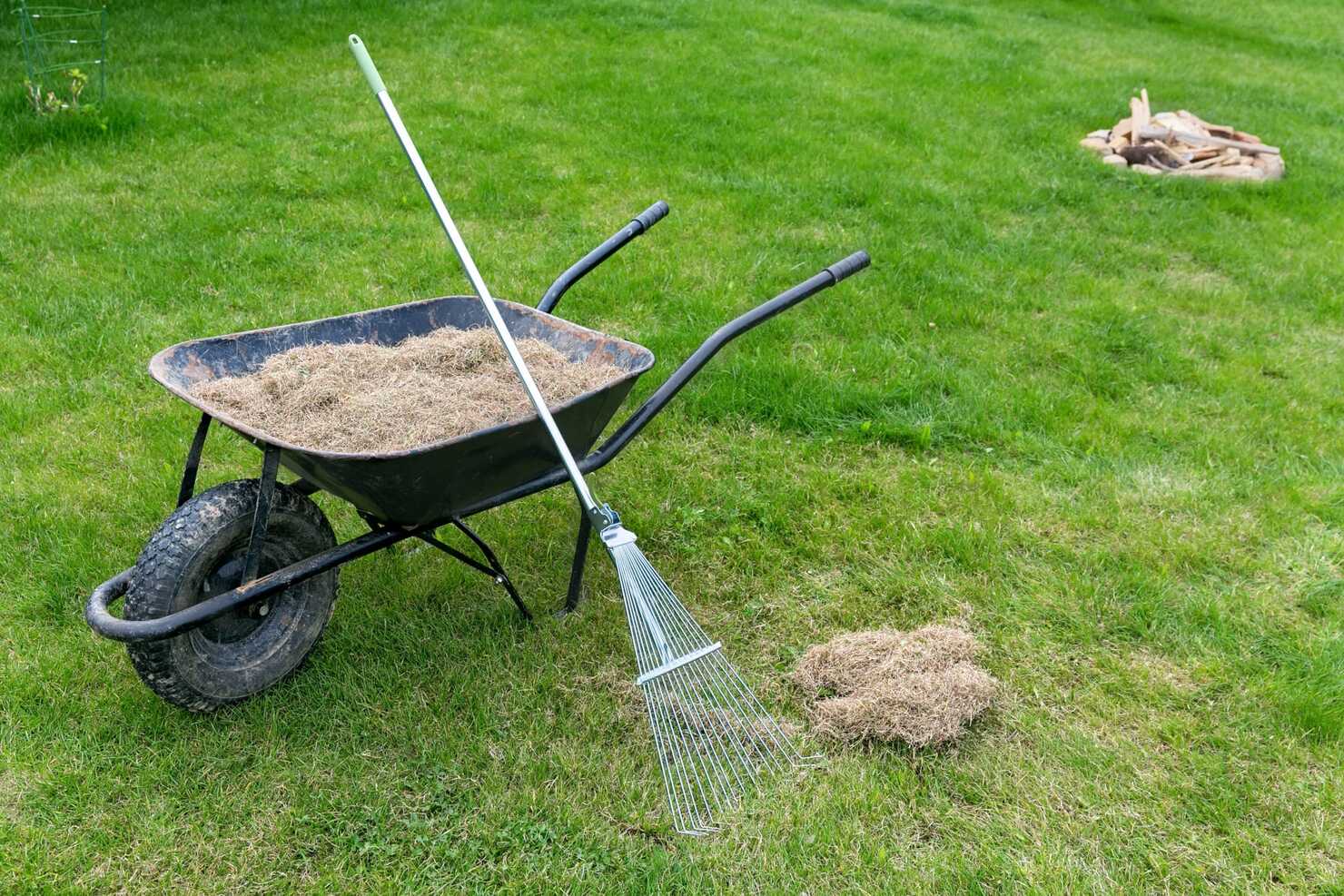
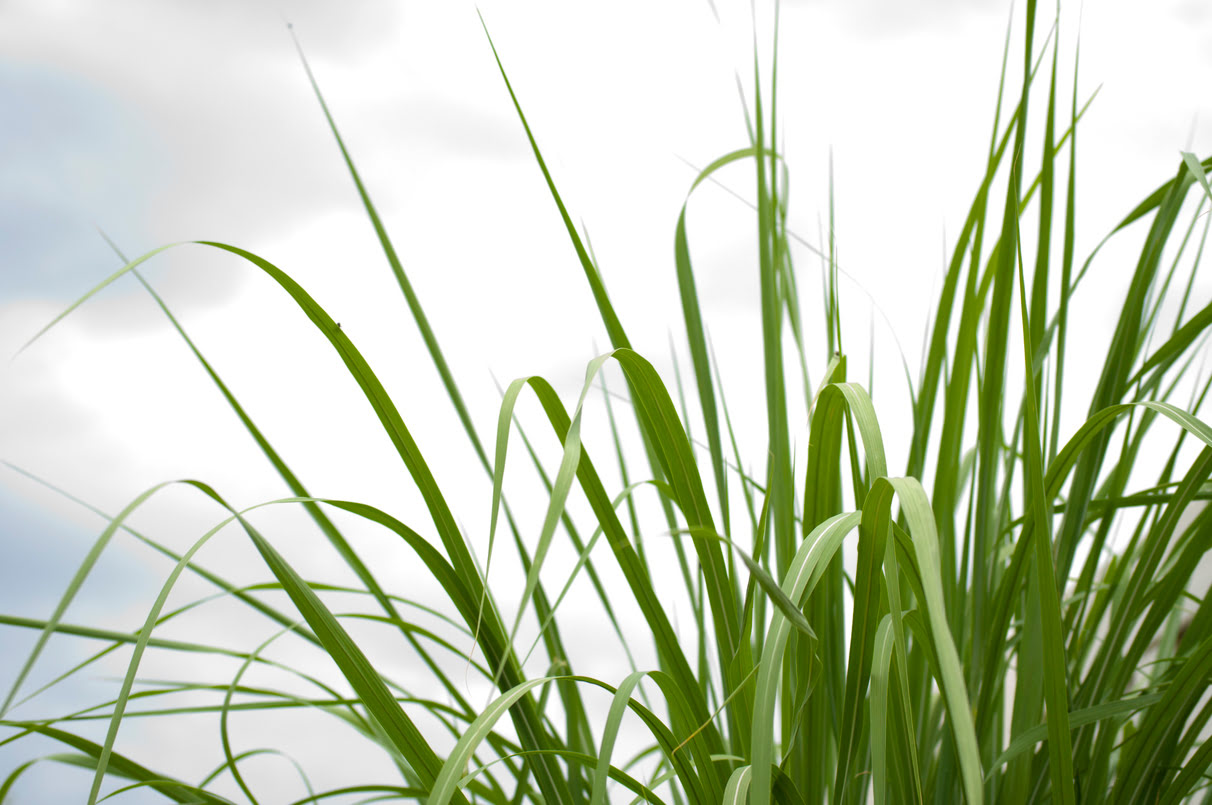
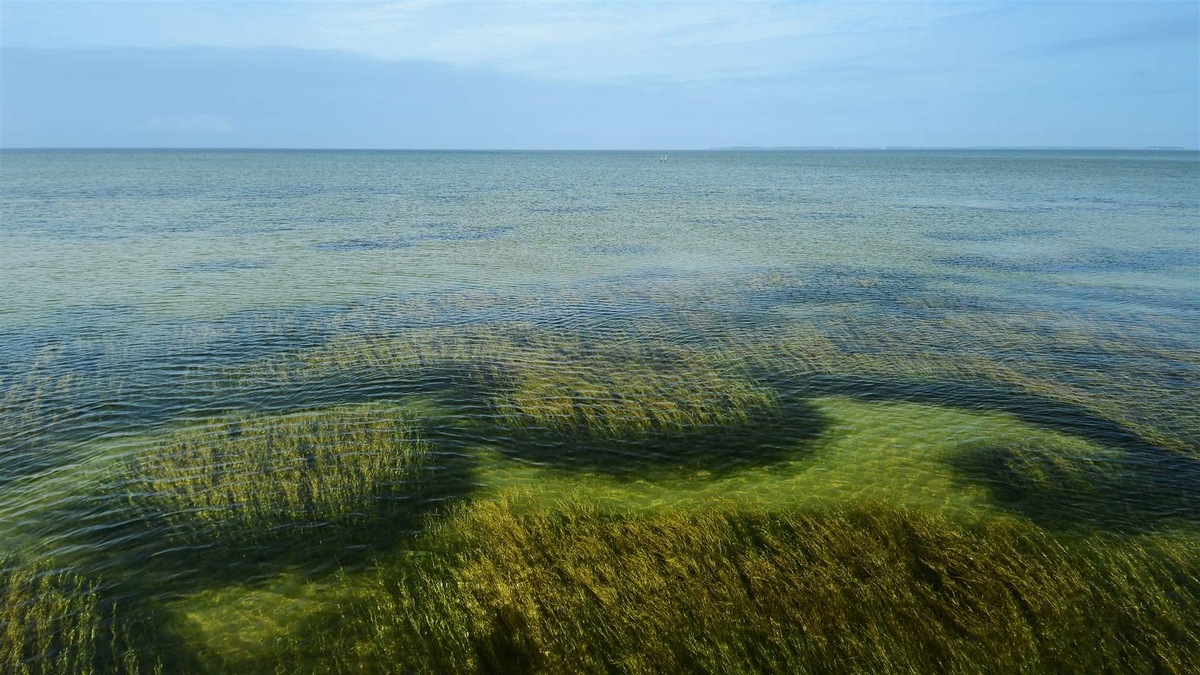
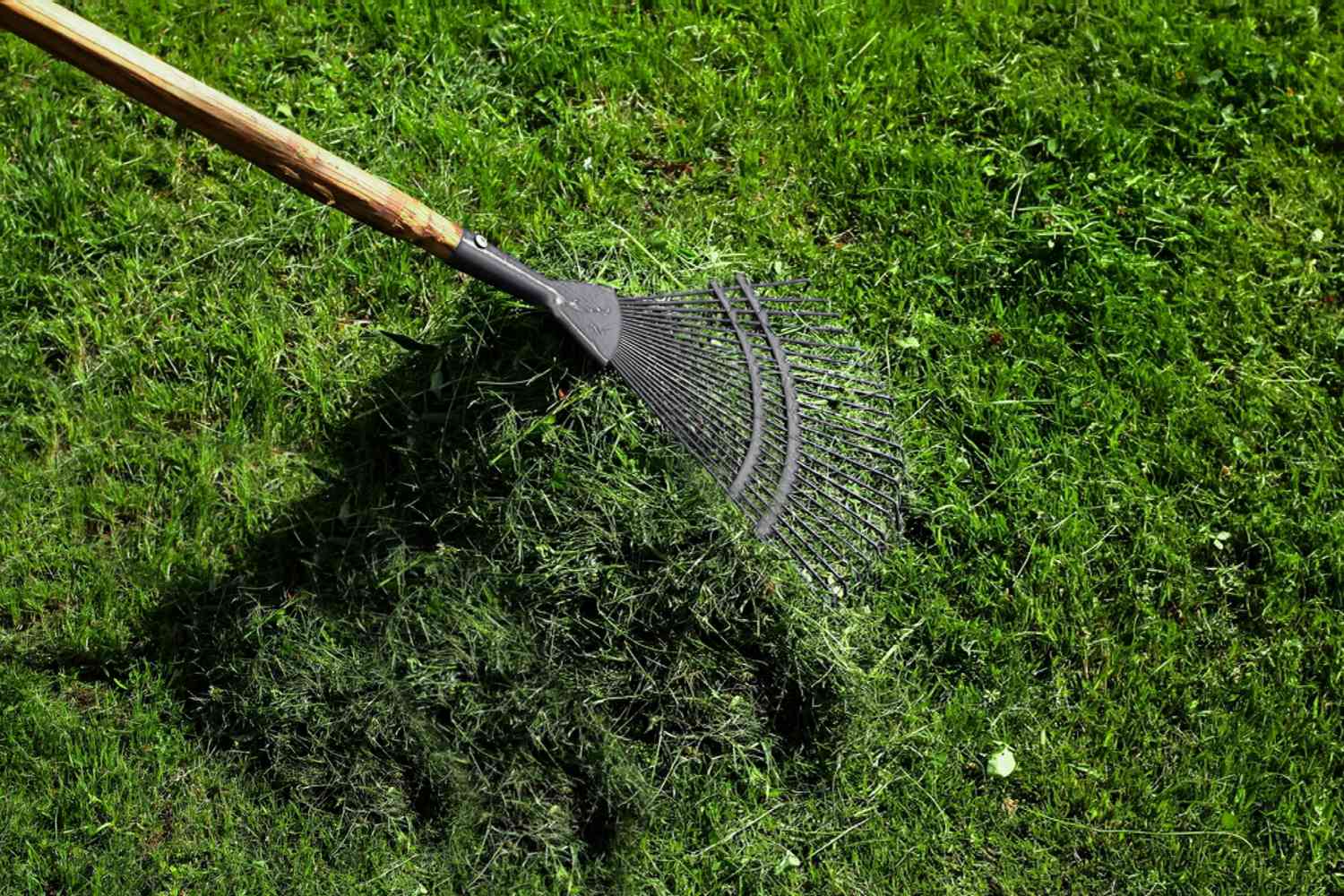
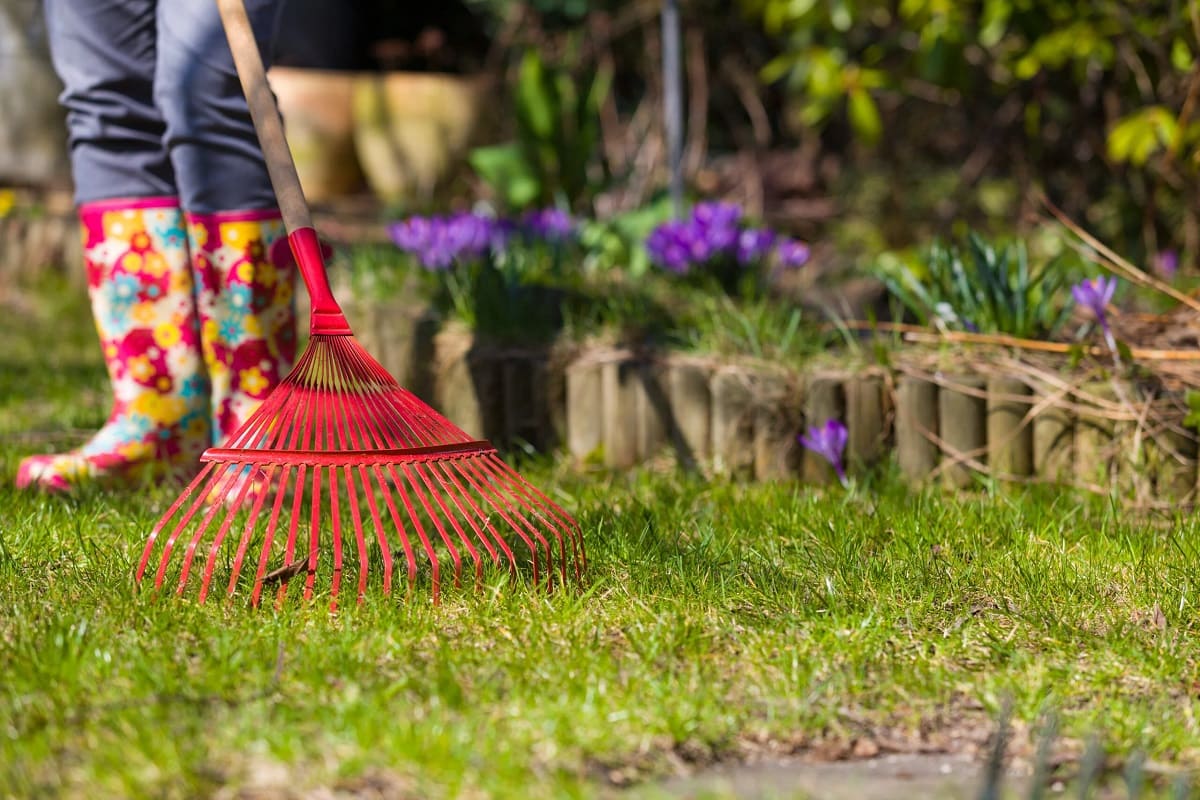
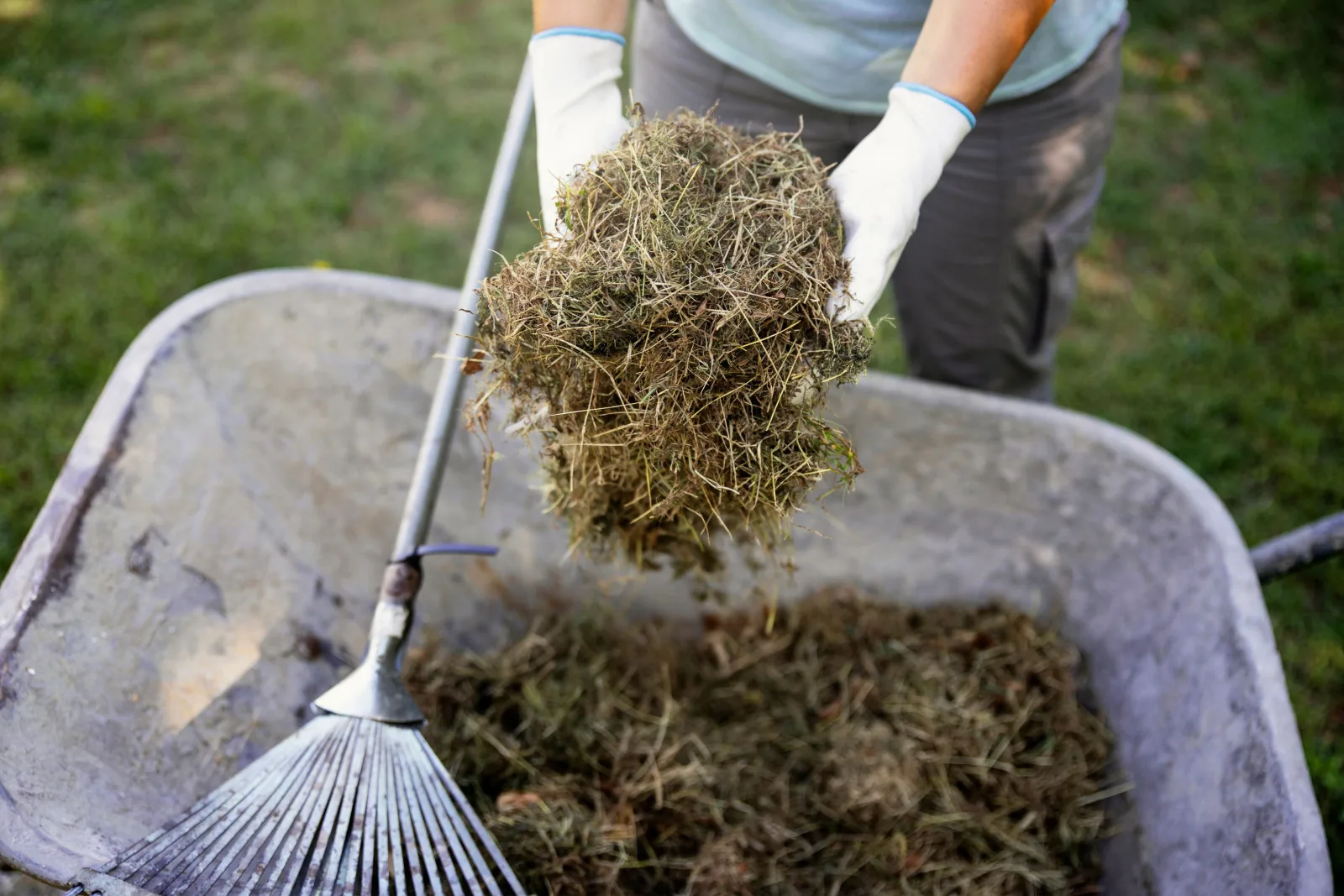
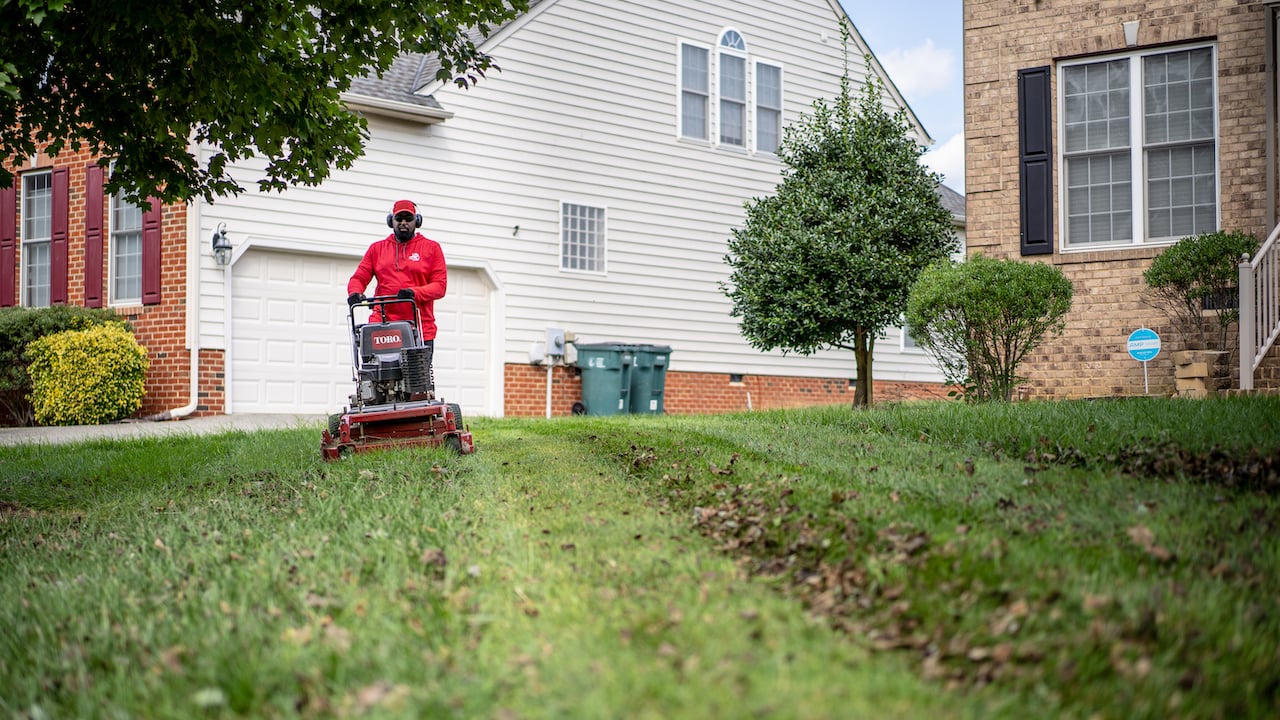

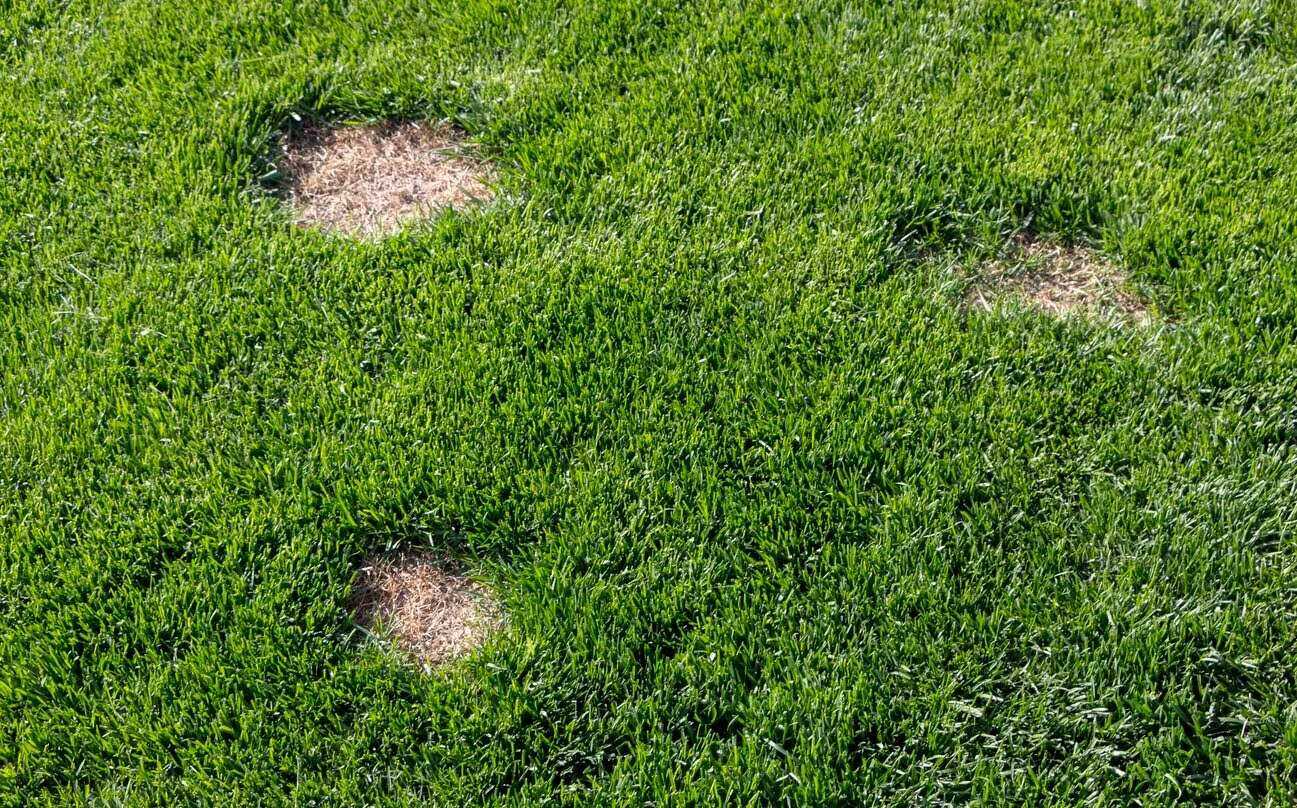


0 thoughts on “What To Do With Patchy Grass”